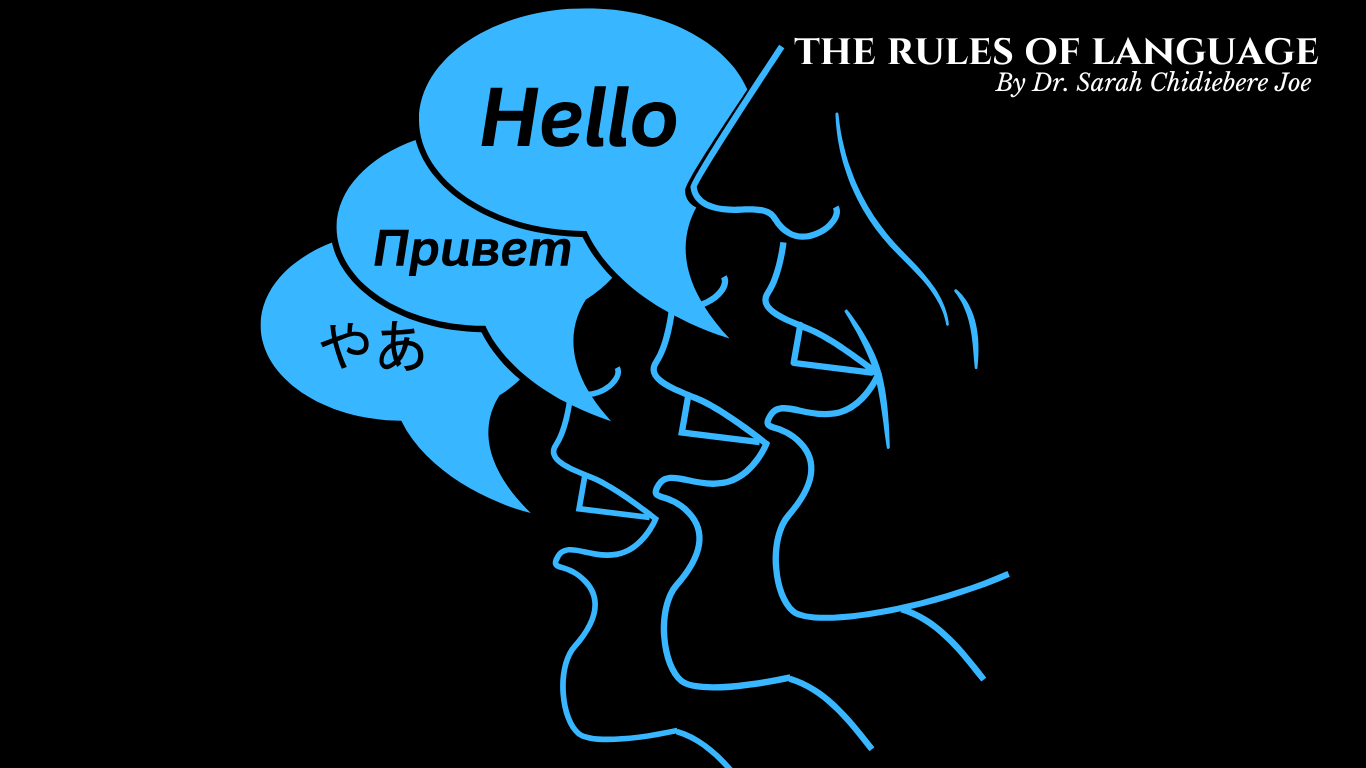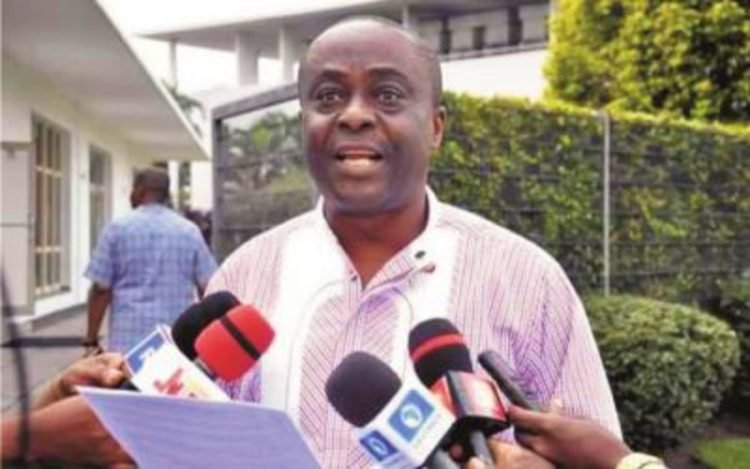By Dr Sarah Chidiebere Joe
A News Report is made up of six key elements – Headline (summary of the story), Byline (name of writer), Placeline (story location), Lead (most important aspects of the story), Body (details of the story), and Quotation (what someone said).
Headline
A headline is the title of a news report. It is located at the top or head of each story and serves as the heading for the content written below it. Besides being a summary of the content written under it, headlines help readers decide whether a news story is of relevance or interest to them. Headlines are often presented in BOLD and BIGGER typefaces or fonts than the body of the story. Typefaces are distinctive styles of lettering while Fonts refer to variations of typefaces, for instance their size and weight. Think of typefaces as the family and fonts as members of the family. For instance, the Helvetica Typeface is made up of 51 fonts, including the Helvetica light, Helvetica, regular and Helvetica Bold. To know more about the difference between a typeface and font watch the below video:
Functions of Headlines
- Attract readers’ attention – a headline must be catchy and yet, not a click-bait.
- To communicate a complete message – most people don’t read the entire story. A headline must, therefore, embody a balance of being sharp, direct, and informative.
- Assist the reader in going through the entire story.
Check this article by Steve Hogan for great examples of writing headlines – https://www.crazyegg.com/blog/best-headlines/
Fill in the following gaps as you attempt to draft some headlines:
- The X Worst Ways to Get _______ Without _______ …
- You’re Running Out of _______! …
- We Need to Talk About _______. …
- You’ll Be _______ if You Miss This Guide to _______
The Process of Headline Writing
Headline writing involves two steps – the literary and technical aspects. Whereas the selection of font size, text positioning, font style, text width are some of the technical contemplations of headline writing, the literary aspect involves word selection, sentence structure and type of headline.
Display and Point Size
Headlines are meant to fit into a designated space. For instance, a headline must fill the four columns in a four-column story. The shorthand for headlines = Number of Columns, the type size and number of lines. The height of the type size is measures in points, while the width of the headline is measured in picas.
Width, Weight and Style
The width of a headline is determined by the number of columns allotted the story. If the headline is longer, then, a double-decker headline is introduced. The bolder the font, the greater the weight of the headline and prominence of the story. The font style also helps decide the weight of the story. Whereas sans serif font styles are more suited for features and soft news stories, headlines in serif fonts typically carry more weight. Watch this to see the difference between serif and sans serif fonts:
Kinds of Headlines
Label headline – A headline without a verb is known as a label headline. It is used in newspapers to show neutrality in its approach to a news story. For instance, Buhari’s stand shows weakness can be label-headed as The President’s Stand
Descriptive headlines are also known as How To headlines and are used to detail the heart of the story. They focus on the who, what, when, where and how of the story. For example, How to become rich in 2022
Comment headline – This type of headline partially interprets the story. For example: Desperate Ogologo wants to sabotage Wike’s presidency bid.
Quotation headline – This headline uses quotes to emphasise an angle. A news angle refers to a perspective adopted based on an element or fact of a news story. For instance, a news story may be crafted from the angle of victims, people, the government, or an institution. For example: I didn’t kill her
Question headlines are mostly used in pro-and-con stories to evoke readers’ curiosity and interest. For instance, Who is Amaechi’s running mate?
Headline Props
Headline props refer to supporting headlines that provide extra meaning to a story. While the main headline speaks to the most important aspect of the story, the props cover other crucial aspects in especially analytical or developing stories. Headline props include shoulder/kicker, strapline, crosshead, sidehead, and navigation.
Shoulder or Kicker: is a supporting headline placed on top of the main headline. It is typically smaller in size.
Strapline: It is the reverse of the kicker. It is usually placed in a single line below the main headline.
Crosshead: It is used to help sustain a reader’s attention especially in a long story. They are usually one or two points sizes larger than the body type. They are placed in between running text and usually after three to five paragraphs.
Sidehead: Sideheads are placed at the beginning of a paragraph and set in bold, but using the same font size as the body text.
Navigation: Navigations are one or two words that guides the reader to a story of interest.
Some Dos and Don’ts of Headline Writing
- Keep your headline simple and short
- Remember the placement and currency of news
- Don’t use jargons or slangs
- Be specific
- Use numerals for numbers instead of words
- Don’t use auxiliaries (is, are) or articles (a, an, the)
- Past events should be presented in present tense
- Use popular acronyms















1:rich and working
2: money
3: Budgeting
4: sorry and writing
What are running text